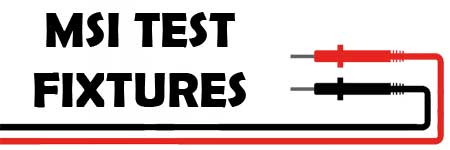
Wearables PCB test fixtures are essential in the wearables industry, where electronic components and printed circuit boards are integrated into various wearable devices like smartwatches, fitness trackers, and health monitors. The benefits of PCB testing in this industry include:
1. Reliability and Durability: Wearable devices are subject to constant movement, vibrations, and exposure to various environmental conditions. PCB testing ensures that the electronic components can withstand these challenges, enhancing the reliability and durability of wearables.
2. Accuracy of Sensor Data: Many wearables rely on sensors to collect data, such as heart rate, step count, and sleep patterns. PCB testing helps ensure the accuracy and reliability of these sensor readings, providing users with more precise and useful information.
3. Enhanced User Experience: PCB testing leads to the development of high-quality wearables with superior performance. By ensuring that wearable devices work as intended, users experience fewer issues, better battery life, and a more satisfying overall experience.
4. Compliance with Safety Standards: Wearables often come into direct contact with the skin, making safety paramount. PCB testing ensures that electronic components meet safety standards, reducing the risk of skin irritation or other health-related concerns.
5. Battery Optimization: Wearable devices have limited battery capacity, so power efficiency is crucial. PCB testing helps identify and rectify power-hungry components and circuits, contributing to longer battery life and better energy management.
6. Seamless Connectivity: Wearables often rely on wireless connectivity (e.g., Bluetooth, Wi-Fi) to communicate with other devices or apps. PCB testing ensures reliable wireless connections, reducing connectivity issues and enhancing data synchronization.
7. Faster Time-to-Market: In the competitive wearables industry, time-to-market is crucial for success. PCB testing streamlines the development process, allowing manufacturers to identify and address issues early, leading to quicker product launches.
8. Improved Health and Fitness Monitoring: Wearables used for health and fitness tracking need to be highly accurate. PCB testing helps ensure precise data collection, enabling users to monitor their health, exercise, and wellness more effectively.
9. Innovation and New Features: PCB testing supports the integration of innovative features and technologies in wearables. By validating new electronic designs, manufacturers can introduce advanced functionalities to meet evolving consumer demands.
10. Regulatory Compliance: The wearables industry is subject to regulations, especially concerning health-related devices. PCB testing ensures compliance with industry standards and regulatory requirements, facilitating the approval and certification processes.
In summary, Wearable PCB test fixtures are crucial in the wearables industry to ensure the reliability, accuracy, and safety of electronic components in these devices. By contributing to a better user experience, power efficiency, and innovation, PCB testing plays a significant role in the continued growth and success of the wearables market.
